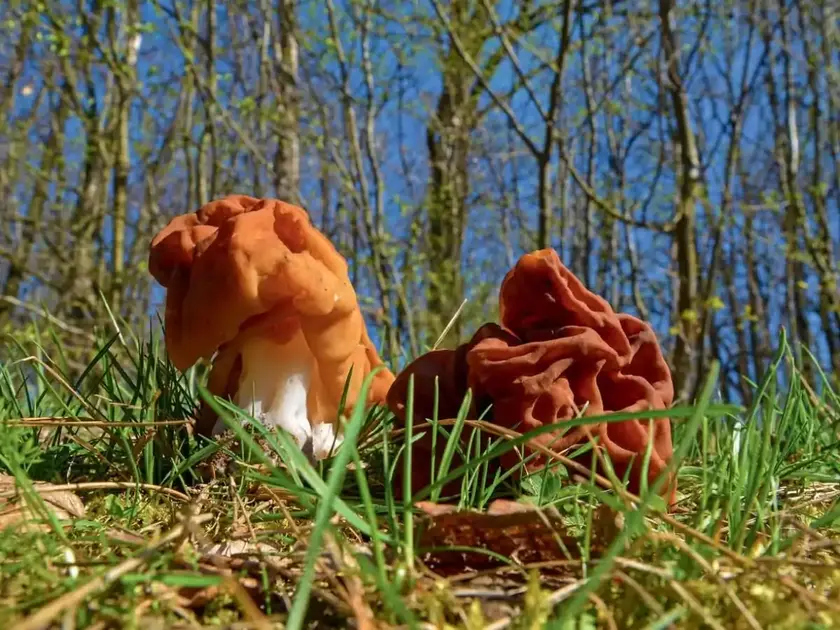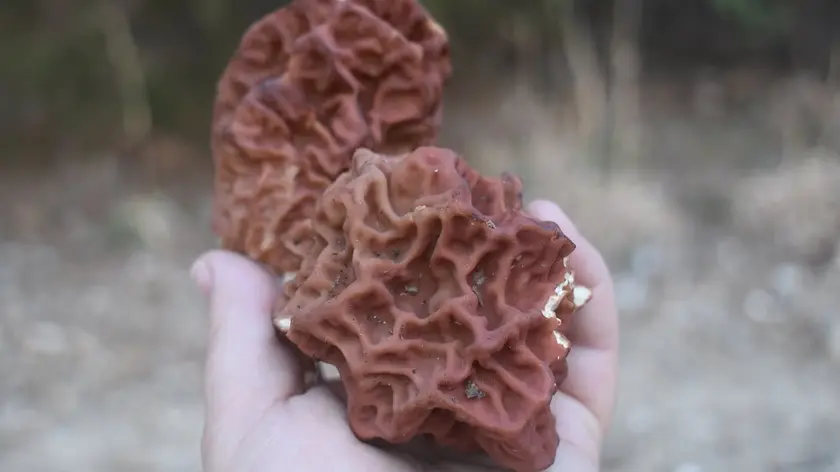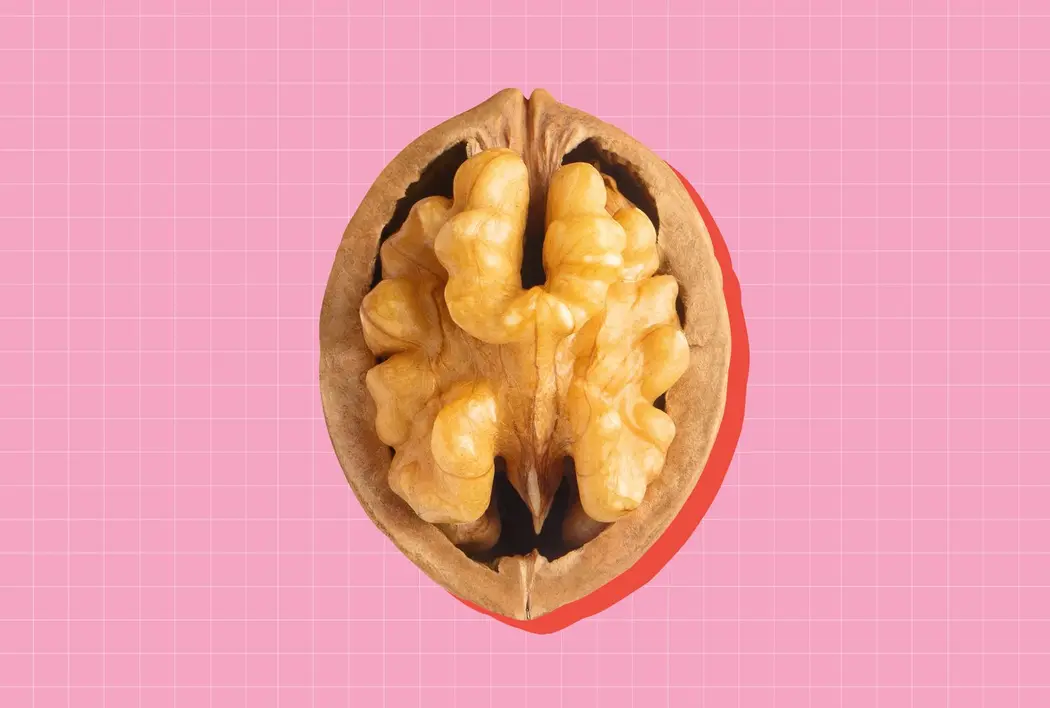T4K3.news
Health Crisis Linked to Mushrooms in Alpine Village
A village in France reports over a dozen cases of Lou Gehrig's disease linked to false morels.

A village in France faces a health crisis linked to a specific mushroom type.
Mushrooms and Lou Gehrig's Disease Linked in Alpine Village
In a quiet Alpine village near La Plagne, over a dozen residents developed amyotrophic lateral sclerosis, also known as Lou Gehrig’s disease, within two decades. This situation has raised concerns and prompted investigations. None of the affected individuals were related, but all frequently foraged for wild mushrooms. A study by French and American scientists linked these cases to the consumption of false morels, which resemble edible mushrooms but contain harmful toxins. This connection echoes a past incident in Guam, where toxic seeds led to similar neurological disorders. Experts caution that environmental factors could contribute to many ALS cases, underscoring the hidden risks associated with foraging mushrooms. The European Food Safety Authority stresses the importance of proper identification or avoiding these mushrooms entirely. Residents are urged to practice safety when foraging, balancing their love for wild edibles with the potential dangers that lurk in familiar foods.
Key Takeaways
"Environmental factors are likely contributors in up to 90% of sporadic ALS cases."
This quote highlights how common foods could actually pose unknown risks to health.
"If you love mushroom season, pair your enthusiasm with food safety protocols."
This statement serves as a stark reminder for foragers to prioritize safety.
The findings in Montchavin serve as a stark reminder of the overlooked risks associated with foraging. While many view mushrooms as a delicious addition to meals, this crisis illustrates how beloved foods can harbor serious health threats. The strong connection between environmental toxins and neurological diseases like ALS calls for heightened awareness around food safety practices. Increased advocacy for education in foraging may help prevent similar incidents, especially in a time when interest in wild natural foods is rising. The villagers' plight reflects a broader issue about understanding what we consume, urging all foragers to prioritize safety over adventure in their culinary explorations.
Highlights
- The difference between delicious and dangerous can be thinner than a mushroom cap.
- Curiosity in foraging must meet caution at every twist and turn in the forest.
- Hidden dangers lurk in our favorite meals, reminding us to stay vigilant.
- Let your passion for mushrooms include safety first.
Health Risks Associated with Foraging
The link between false morels and Lou Gehrig's disease raises significant health concerns for foragers. Continued consumption of these mushrooms can lead to serious neurological damage, making it imperative to exercise caution when foraging. Public reaction may include increased demand for safety regulations and community education around mushroom identification.
As more people turn to foraging, awareness of the risks associated with wild mushrooms must be prioritized.
Enjoyed this? Let your friends know!
Related News

Link between false morels and ALS cases in French village

ALS link to false morels studied in Montchavin

Surge in nitazene overdoses raises alarms across Europe

Brain fog relief starts on the plate

Legionnaires' disease outbreak confirmed in Detroit

Starvation crisis worsens among children in Gaza

Higher spermidine intake linked to cognitive performance

WHO reports loneliness causes over 871,000 deaths a year
